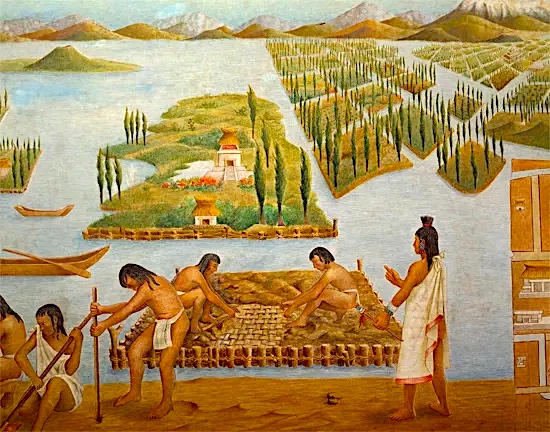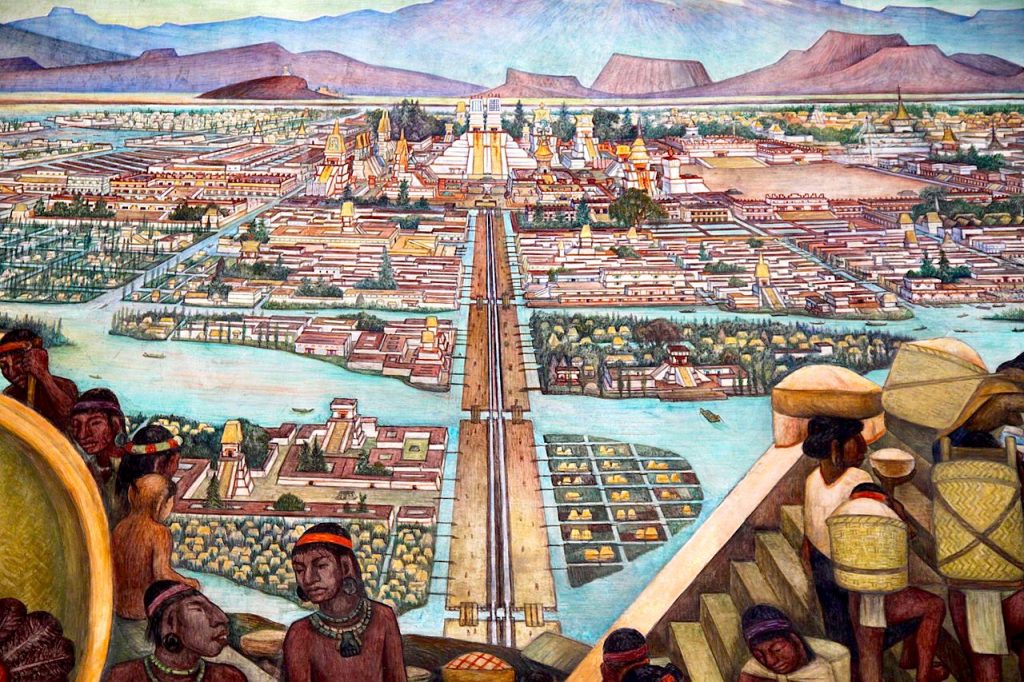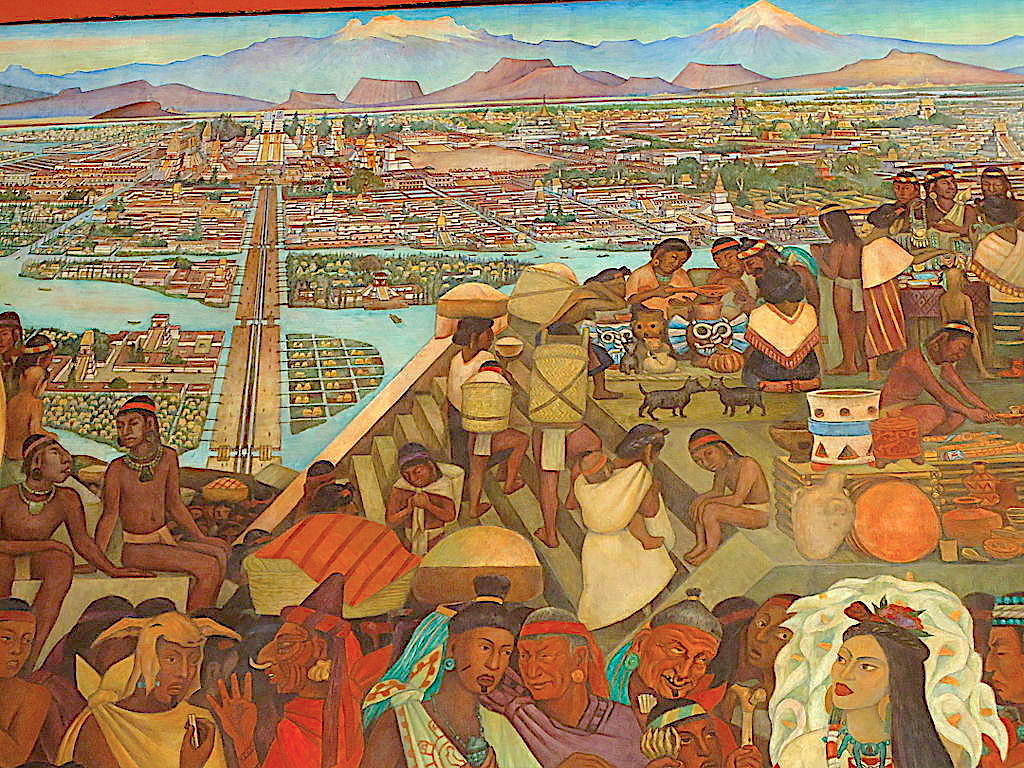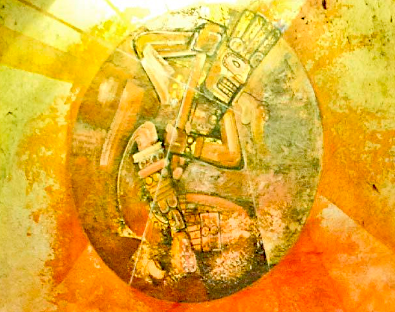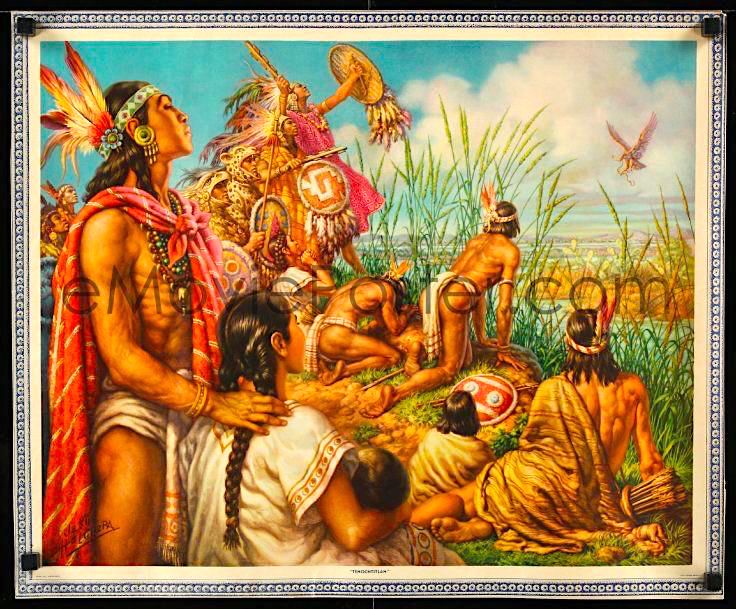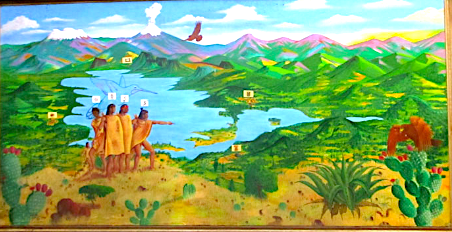On October 6, 2021, right in the middle of pandemic, when many countries had to close their borders to visitors, my husband, my mom and I flew to Mexico City for a 6 month winter season. We came with only a backpack each and were planning on actively exploring the country. During these month we never rented a car, instead we used public transportation: flew locally twice (Leon -> Cancun and Cancun -> Oaxaca), took many taxis, subway rides and countless local and inter-cities busses. In this post, you will find the list of health supporting products that we took with us and that we bought in Mexico.
| If you find my work worthwhile, drop me a few 🪙🪙🪙 It will allow me to keep writing content like this! |
Disclaimer: This guide contains references to products. Such references are not endorsements or referrals of any kind.
Last year, while researching on what ONE small face care product to take with me on our 6 month trip to Mexico, I accidentally stumble upon Colloidal Silver products. It seems like countless companies on Amazon online store are selling Silver gels and Silver liquids. They claim that Colloidal Silver products are made with 99.99% pure silver and are responsible for boosting immunity support, helping heal skin cuts and prevent getting sick. So, while going through reviews, I found the benefits that people bragged about.
Benefits of Colloidal Silver
- safe – it can be used on kids and pets!
- anti-viral – heals starting and advanced flu, cold, sore throat and upset stomach!
- anti-bacterial and a substitute for antibiotic – heals skin cuts and burns, tooth abscesses, gum infection, pink eye, Strep, ears infections!
- anti-fungal – clear blemishes, acne, warts, bad yeast skin infection in pets!
- cures shingles rash!
- speeds recovery time and healing!
- can be used for cleaning and disinfecting purposes of surfaces (computers, toothbrushes and more) and clothes!
but the most surprising were
- prescribed by a doctor to treat Lyme Disease, apparently, with success,
- to feminize marijuana plants, and
- to preserve cow milk for a few more weeks after the expiration date! This particular benefit, first, came from someone’s grandma who used to put silver coins in her milk for freshness. Today, the family keeps the tradition by adding a tablespoon of Colloidal Silver to one gallon of milk.
People found so many benefits to the Colloidal Silver. It sounds too good to be true, right? I read through so many reviews of true believers who claim that with this Heals-All-Solution our health care system will go out of business!
I also found out that topical EXTERNAL Colloidal Silver application on skin wounds don’t cause harm – they either improved or did nothing to correct the problem. However, some people reported plenty of side effects for taking it INTERNALLY, which attributes to the way of how the solutions are currently being manufactured. Here are just a few:
Possible Side Effects of Colloidal Silver
- it interacts negatively with several common medications: not to be taken when you are on thyroid medication!
- skin breaks out in very itchy hives – this one looks like allergic reaction to added protein used by some companies to bind the silver particles.
- turns skin blue!
To see the full list, as well as my product research of Colloidal Silver liquids available on amazon, check out my next post Research◇3. Colloidal Silver. Part 2.
What I Took to Mexico
Well, I bought into the hype and decided to ordered some items to take with us to Mexico. I got
- 3 bags of Silver Lozenges, any brand. They all seems to be working well and are made the same way. I figured that if I cannot bring much liquid on the plane in my carry on, then the Silver Cough drops are close enough alternative. We used them while flying or taking long bus rides. They worked, as we didn’t get Covid and we never got sick. Once in our journey, we came close to getting a cold, but taking the Silver Cough drops for a few days before going to bed stopped it dead in its tracks. Since we had only 3 bags, we kept them for special occasions only, meanwhile relying on the very good local cough drops (see below).
- 1 bar of Soap by Silver Miracles. Again, to minimize the liquid, I ordered a soap that the manufacturer claims to be for body and face, unscented, uncolored, gentle enough for a baby, and great for shaving too. Of course, there are plenty of soap in Mexico, not with silver though. I used this one for soaping my face, ears and inside my nose every morning and leaving it on for hours while we visited markets and other tight places full of people.
- 1 – 3.4 oz Colloidal Silver Gel by Institut Katharos. I picked it based on size of the bottle. Again, the airport security regulations limit the size of the container with liquid. I wasn’t very impressed by the gel. We used it on skin cuts, bug bites and I used it on my face for acne.
That is all we took with us!
Since our return from Mexico I ordered and tested the following topical EXTERNAL gels: ACS200 (200 ppm) by Results RNA, Sovereign Silver First Aid Gel (10ppm), Super Silver (45ppm) by Bodycare, for face acne and skin cuts with some limited results. Nothing I tried proved to be a game changer, however ACS200 by Results RNA won my daughter’s heart. She uses it in combination with other acne fighting products and claims that it is working.
What We Bought in Mexico
We didn’t get sick in Mexico, not with Covid, not with flu or cold. Besides occasional use of Silver Lozenges, my mom enjoyed Bicoestol Cough Drops (or Pastillas) with Eucalyptus by Mexican brand Broncolin for her chronic cough. You can find them at any pharmacy. The best price we got was in Mega Store. They sell it by jars.

We also bough some vitamins by Solanum. We took Platinum 50+ Vitamins And Minerals and Col-Q10 Colageno, which can be found in some Chedraui Super Stores. The were impressed by the combination of the minerals and vitamins for the price and fun jewel-like shells.
That is it! We also had so many fresh fruits and veggies!
Stay safe! Stay healthy! Travel light!
Do you like my posts? What until you see my quests! If you ever decide to visit Acadia National Park, check out my book available on Amazon as paperback and Kindle editions. Buy a book, change a life! Thank you for your support and patronage.
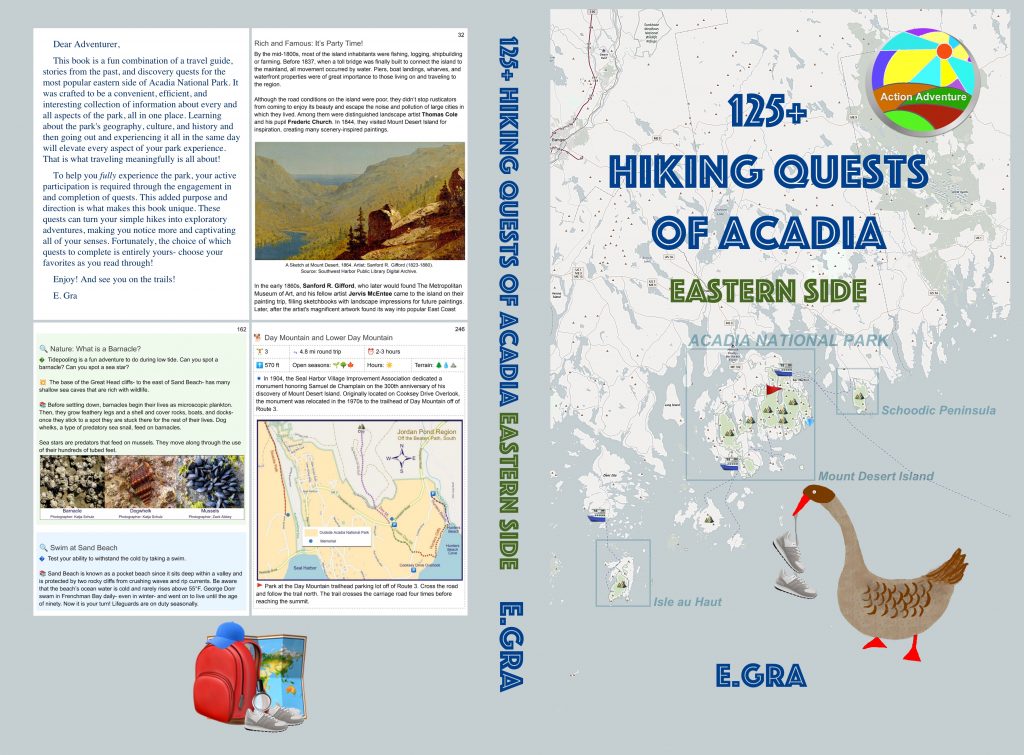
Copyright © 2022 by E.Gra. Unless otherwise noted, all rights reserved. Unless otherwise indicated, no part of this work may be reproduced, or transmitted in any form or by any means without the author’s prior written consent.

